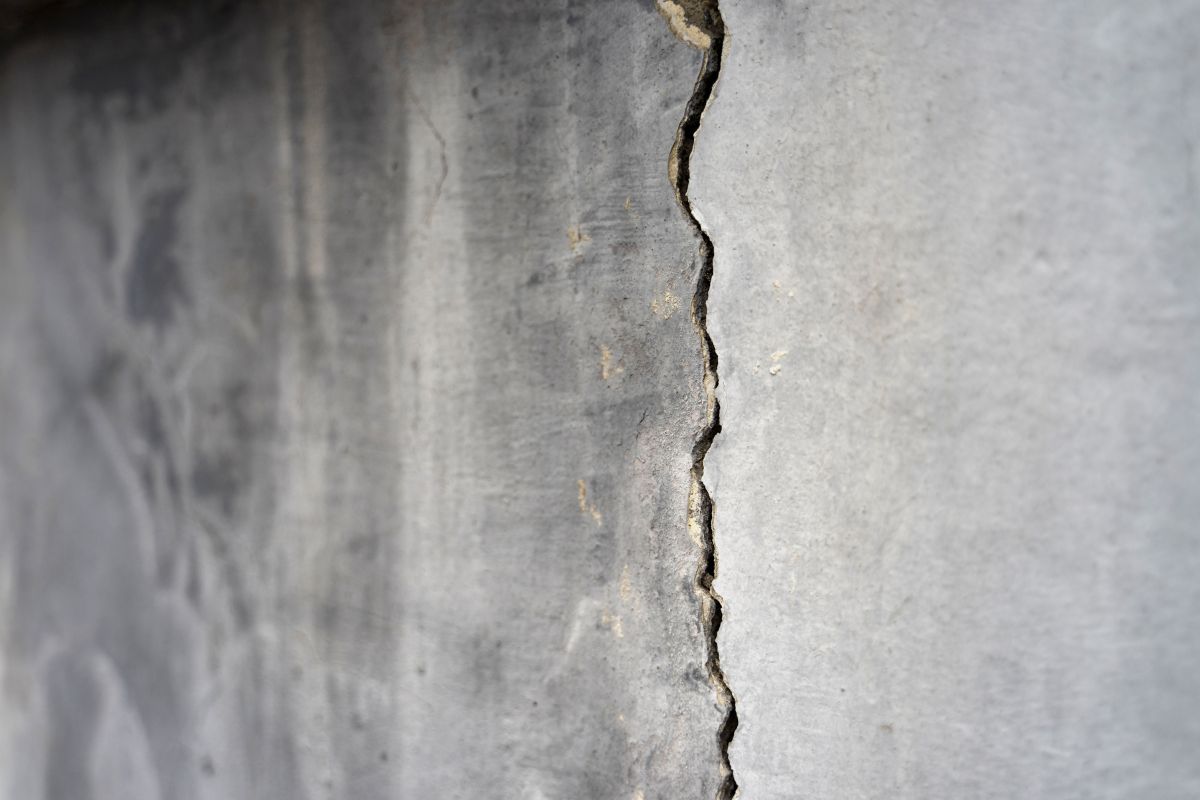What is foundation piering is a very common question that many Kansas City homeowners have. In short, piering corrects failing foundations and fixes settlement by driving steel pipe pilings.
Helical and push piers are the two types of piering that foundation specialists use. The construction and installation of these types differ, although they both serve the same essential purpose. Read on to learn more about how piering for your foundation helps your home.
What Are the Piering Types Available?
Helical piers feature screw piles with steel shafts, while push piers feature galvanized or epoxy-coated steel pipe sections requiring hydraulic ram driving.
Unlike push piers, helical piers use a torque motor instead of a ram. These piers require a lead section with one or two piers that have the maximum weight capacity.
For either of these types of piers to work as intended, they go into the rock or soil layer first. When the piers are attached to the foundation, a metalhead assembly helps keep everything in place. Contractors do appropriate weight testing to make sure the piers can accept the appropriate weight.
To bring the foundation to its original height, a hydraulic jack is used. The piers are attached to the wall through belting or welding once the foundation is at its intended height.
What is Foundation Piering and What Are the Similarities and Differences?
In asking about what is foundation piering, one of the things that people are the most curious about is the similarities and differences. One of the most significant differences is that both types of piering work in all soils, even soils of questionable composition. Homeowners don’t need to worry about being restricted because of their soil.
Both types of piering will work in areas that have tight spaces. Because homes might be in lots of different sizes, with different construction techniques, this is an important benefit.
Load testing methods mark the biggest differences between the types of piering. Helical piers’ load capacity is determined by torque measurements that come into play during installation.
Individual load testing is used for push piers. Even though the methods are different for both types, the commitment to safety is not any less. Using different methods for load testing for the pier types helps to ensure the most accurate measurements.
What Are the Primary Advantages of Foundation Piering?
Foundation piering offers several distance advantages over many other foundation repair types. One of the most significant advantages is the reasonable cost in comparison to replacing the foundation. Foundation piering may cost as little as 10% of the cost of a new foundation.
Another significant advantage of foundation piering is minimal disruption. You can live in your home, largely uninterrupted, while the piering is being put in place. There are no costs associated with having to move everything out of the house involved.
In addition to working well in tighter spaces, the equipment used for piering is also portable. The flexibility that this equipment offer makes piering work well for virtually every setting, not just an ideal few.
Piering helps easily address foundation settlement, which is one of the most frustrating foundation issues for many. Besides addressing settling, this solution can also help you deal with the consequences.
If you enjoy your home’s outdoor areas, the foundation piering process offers some good news for you. Your yard will be left intact for your family to enjoy while everything is going on.
One of the advantages of piering is that it involves no heavy equipment, saving you a lot of expense. Other advantages of no heavy equipment include a greatly reduced noise level and fewer safety concerns.
Olson Foundation Repair handles all your foundation needs, including piering. Contact us today with all your questions about what is foundation piering.

